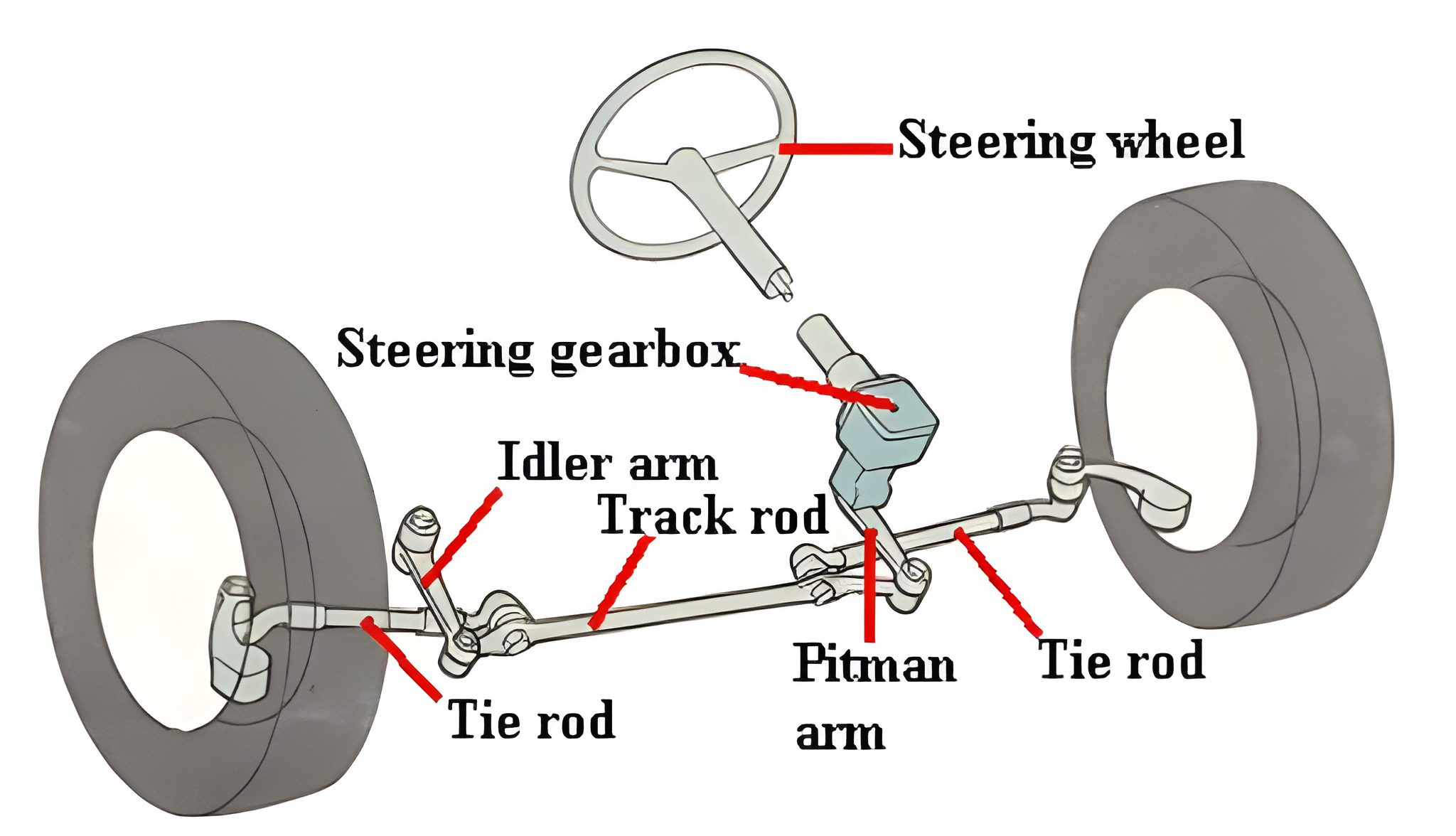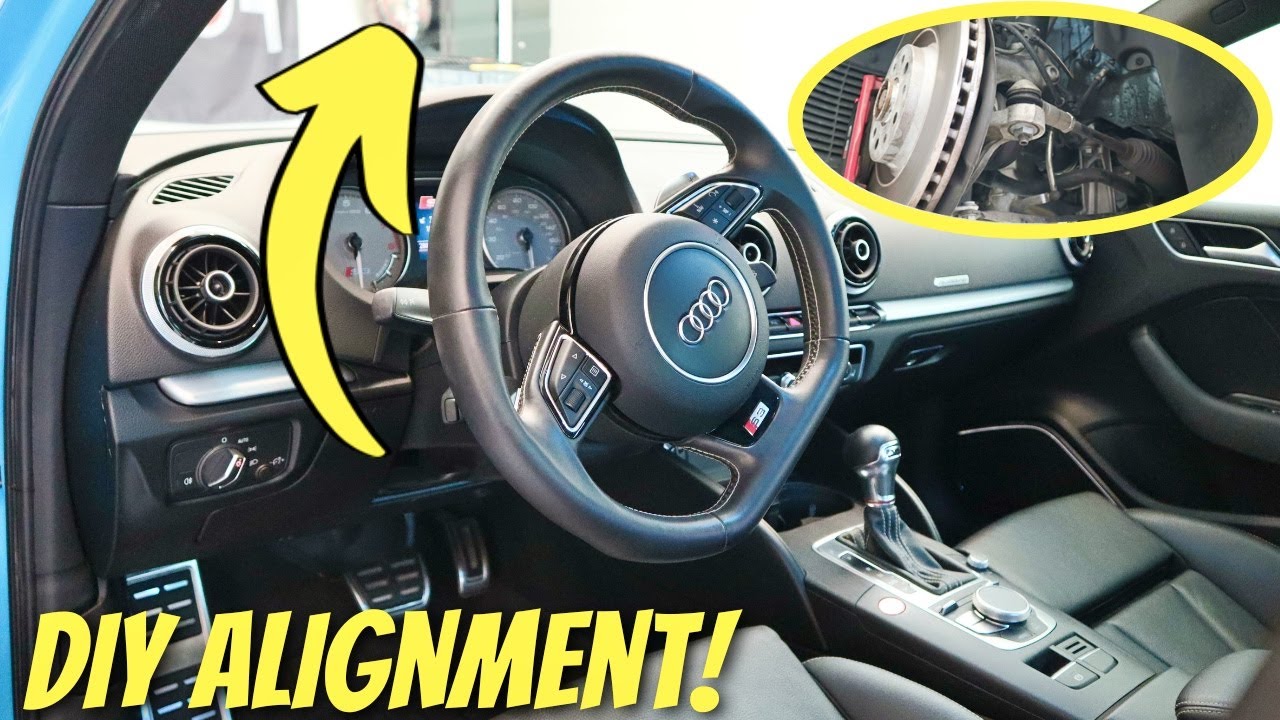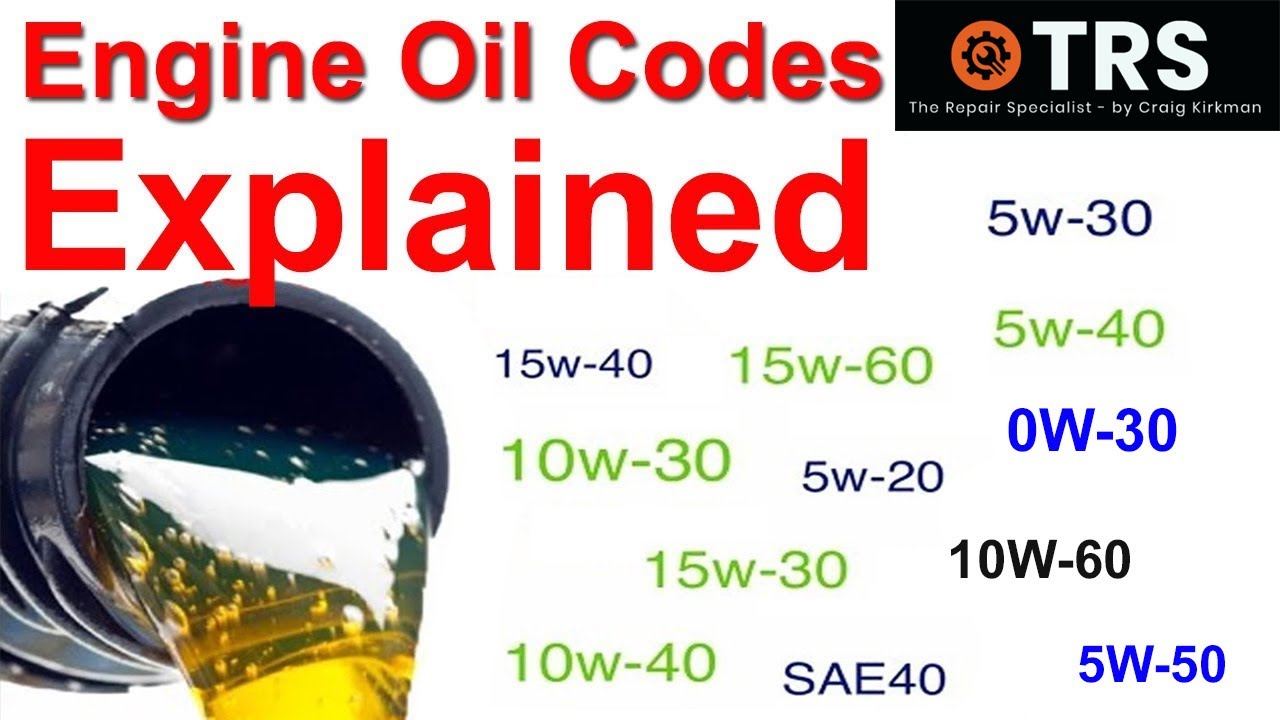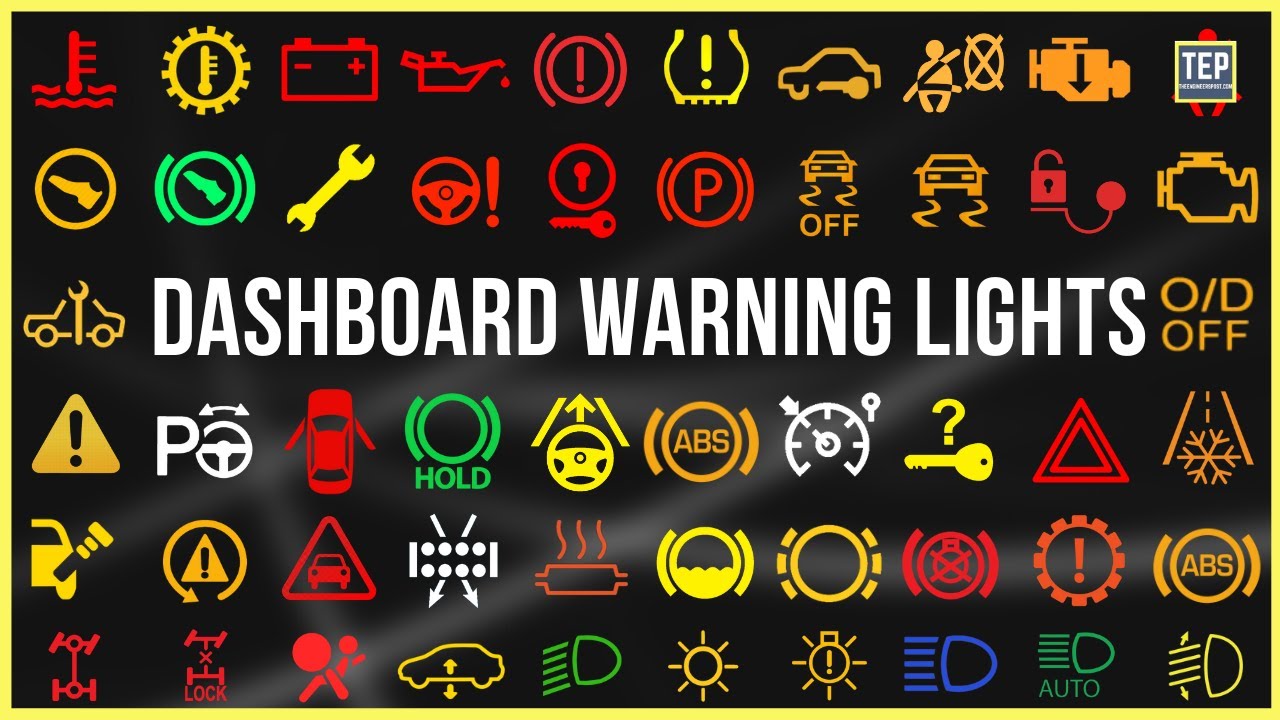Navigate the intricate dance of your car’s steering system, where precision meets control. Uncover the critical components that make every twist and turn smooth and effortless. Get ready to explore the heart of your vehicle’s maneuverability and steering stability.
What are the Functions of a Car Steering System?
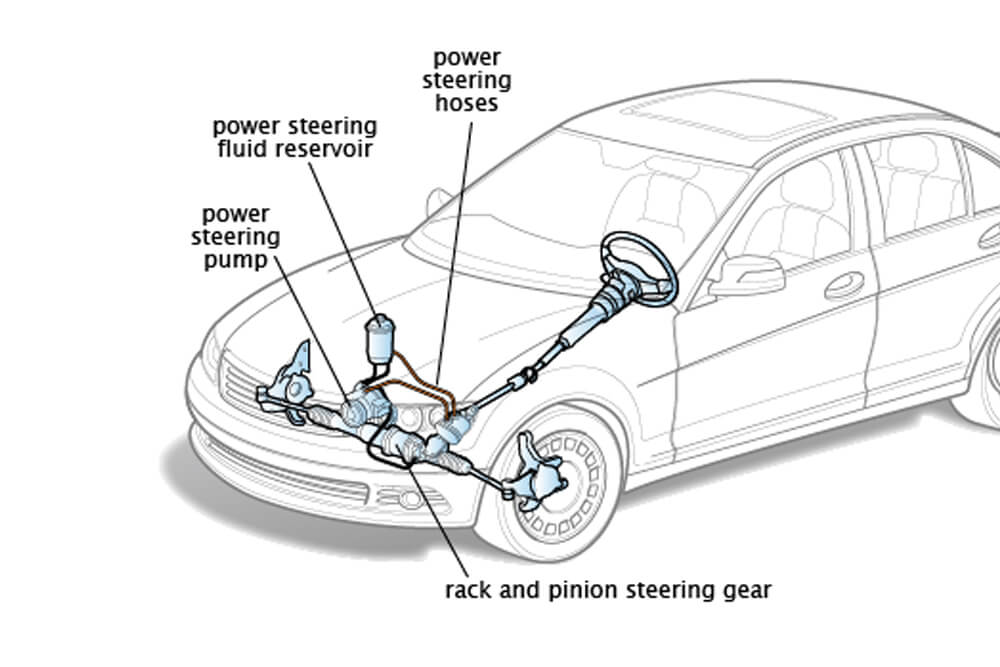
Here are some important functions of the steering system:
- The steering provides stability to the vehicle on the road.
- It helps the driver to control the vehicle however he wants with ease.
- It minimizes tire wear and tear.
- It prevents road shocks from reaching the driver.
- The steering provides a self-rightening effect after taking a turn.
What are the Components of a Car Steering System?
The following are components of a steering system:
- Steering Wheel: Provide a way for the driver to control the direction of the vehicle.
- Steering Shaft: Rotates to shift the steering wheel motion to the steering box
- Steering gear: Contains the gears that transmit the driver’s steering inputs to the steering linkage that turns the wheels.
- Ball Joints: Spherical bearings that connect the control arms to the steering knuckles.
- Drag Link: Connects the pitman arm to the steering arm.
- Steering Arm: Transmits the turning force from the steering gear to the drag link.
- Pitman Arm: Transmits the motion it receives from the steering gearbox to the tie rod when the steering wheel is turned right or left.
- Left tie rod arm: It covers the torque to turn the right wheel into force.
- Stub axle: Connect the wheel to the suspension system of the vehicle.
- Right tie rod arm: Converts the force from the tie rod into a moment to turn through the knuckle arm.
- Track rod or tie-rod: Connects both left and right tie-rod arms.
- Steering stops: Limit the angular deflections of front wheels.
